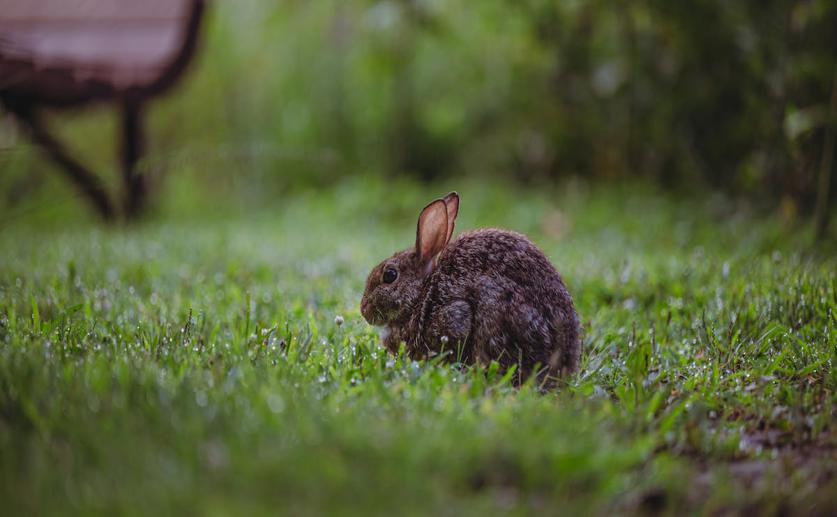
Genetic Variations Linked to Patchy, Thick Skin in Rabbits
Greg Howard
13th May, 2024

Key Findings
- Study at Yangzhou University found genes linked to skin patchiness in New Zealand rabbits
- Identified genes are involved in skin growth and could improve skin irritation testing
- Insights from rabbit genetics may help understand similar human skin conditions
References
Main Study
1) Single nucleotide polymorphisms in the KRT82 promoter region modulate irregular thickening and patchiness in the dorsal skin of New Zealand rabbits
Published 10th May, 2024
https://doi.org/10.1186/s12864-024-10370-7
Related Studies
2) Models of Intrauterine growth restriction and fetal programming in rabbits.
3) Generation of rabbit polyclonal human and murine collagen VII monospecific antibodies: A useful tool for dystrophic epidermolysis bullosa therapy studies.
4) Analysis of variability in the rabbit skin irritation assay.
5) Solexa-Sequencing Based Transcriptome Study of Plaice Skin Phenotype in Rex Rabbits (Oryctolagus cuniculus).



 21st April, 2024 | Greg Howard
21st April, 2024 | Greg Howard